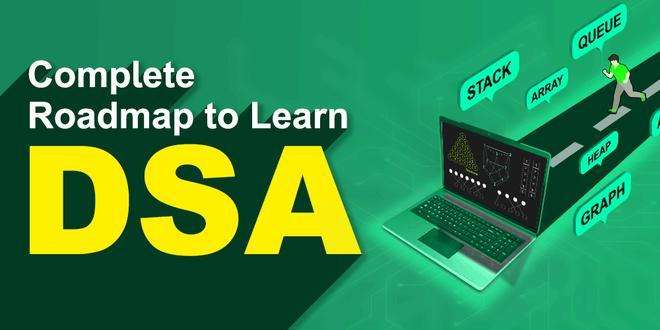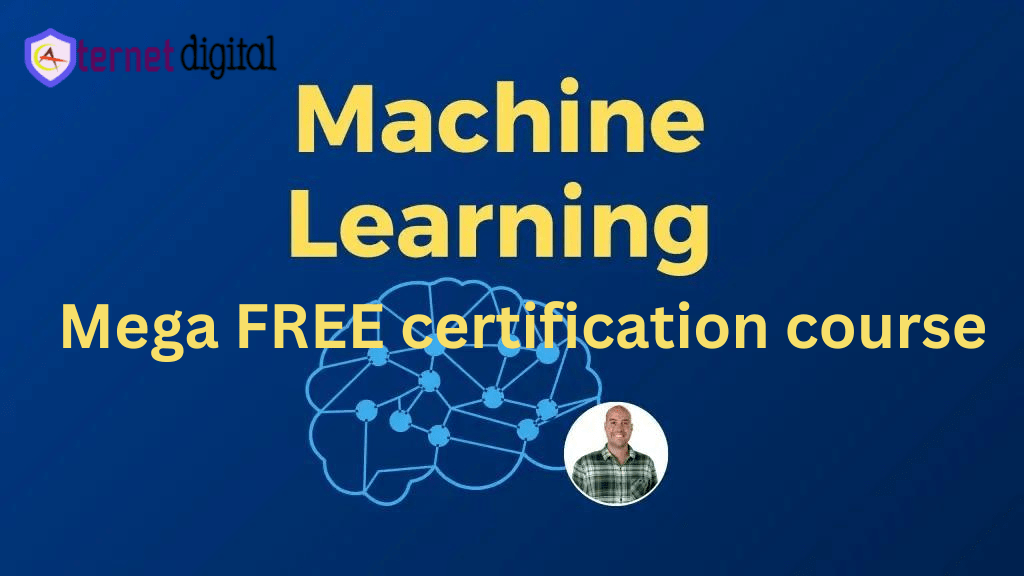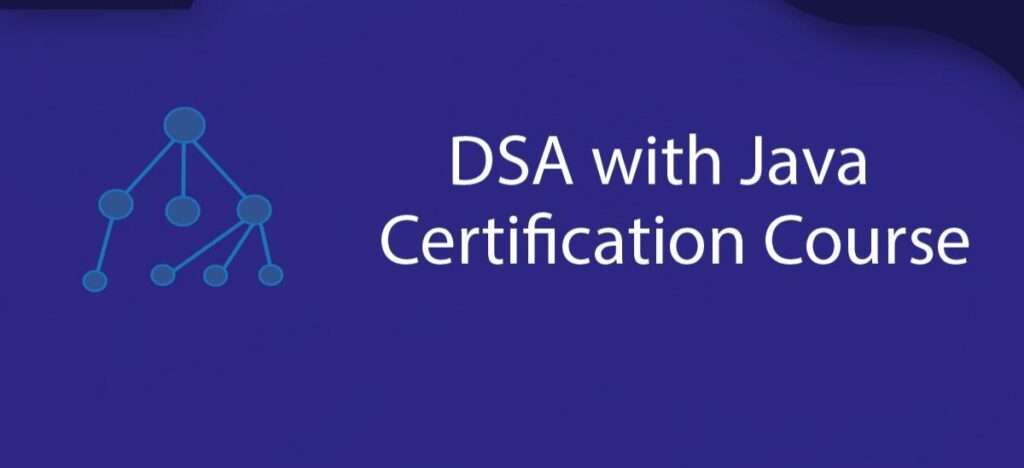
Embark on a journey to Machine Learning (ML). This guide is your compass to navigate the vast and vibrant terrain of algorithms, data, and predictive insights.
So Welcome, curious minds! You’re about to dive into the world of Machine Learning, a field that’s revolutionizing how we interact with technology and data. Whether you’re a budding enthusiast or a seasoned professional looking to refresh your knowledge, this tutorial will light your path every step of the way.
This tutorial on machine learning is meticulously crafted to serve the educational needs of both novices and seasoned professionals alike. It provides a robust introduction to machine learning’s core principles and delves into an array of methodologies, encompassing supervised, unsupervised, and reinforcement learning.
Machine learning (ML), a specialized branch of artificial intelligence (AI), concentrates on the creation of systems that adapt or enhance their functionality based on the data they consume. The term artificial intelligence broadly denotes systems or machines that mimic human cognitive functions.
Discussions often conflate machine learning with AI, and while they are related, they are not synonymous. It’s essential to recognize that although all machine learning constitutes AI, not all AI encompasses machine learning.
What is Machine Learning?
Machine Learning represents an intriguing domain that gives computers the capability to learn fro data without being explicitly programmed. . This technology stands among the most thrilling advancements to emerge.
Clearly reflected in its nomenclature, it equips computers with a human-like quality: the proficiency to learn. Presently, machine learning is employed extensively, often in more applications than one might initially surmise.
At its core, Machine Learning is about teaching computers to learn from experiences, akin to how humans do. It’s a subset of artificial intelligence that focuses on building systems capable of learning from and making decisions based on data.
Why Machine Learning?
The power of ML lies in its ability to uncover hidden insights without being explicitly programmed to do so. It’s the driving force behind many of the conveniences we enjoy today, from personalized recommendations on streaming services like Netflix recommending a movie to you, Facebook suggesting people you may know, YouTube recommending Videos you may like based on your previous likes to life-saving medical diagnoses.
Recent Articles on Machine Learning
- Introduction
- Data and it’s Processing
- Supervised Learning
- Unsupervised Learning
- Reinforcement Learning
- Dimensionality Reduction
- Natural Language Processing
- Neural Networks
- ML – Deployment
- ML – Applications
- Miscellaneous
The Roadmap to Mastery Summary
Step 1: Grasp the Basics
Begin with understanding the fundamental concepts:
- Supervised Learning: The computer is taught using labelled data.
- Unsupervised Learning: The system learns from unlabelled data to find patterns.
- Reinforcement Learning: The model learns through trial and error to achieve a specific goal.
Step 2: Tools of the Trade
Familiarize yourself with the essential tools and languages:
- Python: The lingua franca of ML, known for its simplicity and robust libraries.
- R: A language designed for statisticians, ideal for data analysis and visualization.
- TensorFlow & PyTorch: Popular frameworks that provide tools to create and train ML models.
Step 3: Dive into Data
Data is the lifeblood of ML. Learn to:
- Collect and clean data.
- Split data into training and test sets.
- Understand feature selection and engineering.
Step 4: Build Your First Model
- Choose a simple algorithm like linear regression or a decision tree to start:
- Train your model using a dataset.
- Evaluate its performance with metrics like accuracy, precision, and recall.
Step 5: Experiment and Iterate
Machine Learning is an iterative process. Experiment with different models and parameters, and learn from each attempt to improve your results.
Step 6: Advanced Techniques
Once you’re comfortable, explore advanced topics:
- Neural Networks and Deep Learning.
- Natural Language Processing (NLP).
- Computer Vision.
Features of Machine learning
- Machine learning thrives on a data-centric approach. Organizations generate vast quantities of data daily, and through discerning patterns within this data, they can make more informed decisions.
- Machines have the capability to self-learn from historical data, enhancing their performance autonomously.
- By analysing datasets, they can identify diverse patterns. This is particularly beneficial for large organizations, where branding is crucial, as it simplifies the process of targeting a relevant customer base.
- Machine learning bears resemblance to data mining, as both involve the extensive analysis of large datasets.
Prerequisites to learn machine learning
To embark on a journey in machine learning, a foundational understanding of certain mathematical concepts is essential. Here’s a structured list of the prerequisites:
- Linear Equations: The ability to understand and solve equations that describe a straight line.
- Graphs of Functions: Visual interpretations of functions, crucial for data analysis.
- Statistics: Fundamental statistical concepts to comprehend data distributions and inferences.
- Linear Algebra: Knowledge of vectors, matrices, and their operations, which are pivotal in ML algorithms.
- Probability: Understanding the likelihood of events, which underpins many ML models.
- Calculus: Familiarity with derivatives and integrals, as they are often used in optimization problems.
In terms of programming, proficiency in languages like Python, C++, or R is highly beneficial, as they are commonly used for implementing ML algorithms. Python, in particular, is widely favoured for its simplicity and the extensive libraries available for machine learning.
Machine Learning Tutorial and Learning Path Step by Step
Here is the machine learning tutorial step by step
1. Introduction :
- Getting Started with Machine Learning
- An Introduction to Machine Learning
- What is Machine Learning ?
- Introduction to Data in Machine Learning
- Demystifying Machine Learning
- ML – Applications
- Best Python libraries for Machine Learning
- Artificial Intelligence | An Introduction
- Machine Learning and Artificial Intelligence
- Difference between Machine learning and Artificial Intelligence
- Agents in Artificial Intelligence
- 10 Basic Machine Learning Interview Questions
2. Data and It’s Processing:
- Introduction to Data in Machine Learning
- Understanding Data Processing
- Python | Create Test DataSets using Sklearn
- Python | Generate test datasets for Machine learning
- Python | Data Preprocessing in Python
- Data Cleaning
- Feature Scaling – Part 1
- Feature Scaling – Part 2
- Python | Label Encoding of datasets
- Python | One Hot Encoding of datasets
- Handling Imbalanced Data with SMOTE and Near Miss Algorithm in Python
- Dummy variable trap in Regression Models
2. Supervised learning :
- Getting started with Classification
- Basic Concept of Classification
- Types of Regression Techniques
- Classification vs Regression
- ML | Types of Learning – Supervised Learning
- Multiclass classification using scikit-learn
- Gradient Descent :
- Gradient Descent algorithm and its variants
- Stochastic Gradient Descent (SGD)
- Mini-Batch Gradient Descent with Python
- Optimization techniques for Gradient Descent
- Introduction to Momentum-based Gradient Optimizer
- Linear Regression :
- Introduction to Linear Regression
- Gradient Descent in Linear Regression
- Mathematical explanation for Linear Regression working
- Normal Equation in Linear Regression
- Linear Regression (Python Implementation)
- Simple Linear-Regression using R
- Univariate Linear Regression in Python
- Multiple Linear Regression using Python
- Multiple Linear Regression using R
- Locally weighted Linear Regression
- Generalized Linear Models
- Python | Linear Regression using sklearn
- Linear Regression Using Tensorflow
- A Practical approach to Simple Linear Regression using R
- Linear Regression using PyTorch
- Pyspark | Linear regression using Apache MLlib
- ML | Boston Housing Kaggle Challenge with Linear Regression
- Python | Implementation of Polynomial Regression
- Softmax Regression using TensorFlow
- Logistic Regression :
- Understanding Logistic Regression
- Why Logistic Regression in Classification ?
- Logistic Regression using Python
- Cost function in Logistic Regression
- Logistic Regression using Tensorflow
- Naive Bayes Classifiers
- Support Vector:
- Support Vector Machines(SVMs) in Python
- SVM Hyperparameter Tuning using GridSearchCV
- Support Vector Machines(SVMs) in R
- Using SVM to perform classification on a non-linear dataset
- Decision Tree:
- Decision Tree
- Decision Tree Regression using sklearn
- Decision Tree Introduction with example
- Decision tree implementation using Python
- Decision Tree in Software Engineering
- Random Forest:
- Random Forest Regression in Python
- Ensemble Classifier
- Voting Classifier using Sklearn
- Bagging classifier
3. Unsupervised learning :
- ML | Types of Learning – Unsupervised Learning
- Supervised and Unsupervised learning
- Clustering in Machine Learning
- Different Types of Clustering Algorithm
- K means Clustering – Introduction
- Elbow Method for optimal value of k in KMeans
- Random Initialization Trap in K-Means
- ML | K-means++ Algorithm
- Analysis of test data using K-Means Clustering in Python
- Mini Batch K-means clustering algorithm
- Mean-Shift Clustering
- DBSCAN – Density based clustering
- Implementing DBSCAN algorithm using Sklearn
- Fuzzy Clustering
- Spectral Clustering
- OPTICS Clustering
- OPTICS Clustering Implementing using Sklearn
- Hierarchical clustering (Agglomerative and Divisive clustering)
- Implementing Agglomerative Clustering using Sklearn
- Gaussian Mixture Model
4. Reinforcement Learning:
- Reinforcement learning
- Reinforcement Learning Algorithm : Python Implementation using Q-learning
- Introduction to Thompson Sampling
- Genetic Algorithm for Reinforcement Learning
- SARSA Reinforcement Learning
- Q-Learning in Python
5. Dimensionality Reduction :
- Introduction to Dimensionality Reduction
- Introduction to Kernel PCA
- Principal Component Analysis(PCA)
- Principal Component Analysis with Python
- Low-Rank Approximations
- Overview of Linear Discriminant Analysis (LDA)
- Mathematical Explanation of Linear Discriminant Analysis (LDA)
- Generalized Discriminant Analysis (GDA)
- Independent Component Analysis
- Feature Mapping
- Extra Tree Classifier for Feature Selection
- Chi-Square Test for Feature Selection – Mathematical Explanation
- ML | T-distributed Stochastic Neighbor Embedding (t-SNE) Algorithm
- Python | How and where to apply Feature Scaling?
- Parameters for Feature Selection
- Underfitting and Overfitting in Machine Learning
6. Natural Language Processing :
- Introduction to Natural Language Processing
- Text Preprocessing in Python | Set – 1
- Text Preprocessing in Python | Set 2
- Removing stop words with NLTK in Python
- Tokenize text using NLTK in python
- How tokenizing text, sentence, words works
- Introduction to Stemming
- Stemming words with NLTK
- Lemmatization with NLTK
- Lemmatization with TextBlob
- How to get synonyms/antonyms from NLTK WordNet in Python?
7. Neural Networks :
- Introduction to Artificial Neutral Networks | Set 1
- Introduction to Artificial Neural Network | Set 2
- Introduction to ANN (Artificial Neural Networks) | Set 3 (Hybrid Systems)
- Introduction to ANN | Set 4 (Network Architectures)
- Activation functions
- Implementing Artificial Neural Network training process in Python
- A single neuron neural network in Python
- Convolutional Neural Networks
- Introduction to Convolution Neural Network
- Introduction to Pooling Layer
- Introduction to Padding
- Types of padding in convolution layer
- Applying Convolutional Neural Network on mnist dataset
- Recurrent Neural Networks
- Introduction to Recurrent Neural Network
- Recurrent Neural Networks Explanation
- seq2seq model
- Introduction to Long Short Term Memory
- Long Short Term Memory Networks Explanation
- Gated Recurrent Unit Networks(GAN)
- Text Generation using Gated Recurrent Unit Networks
- GANs – Generative Adversarial Network
- Introduction to Generative Adversarial Network
- Generative Adversarial Networks (GANs)
- Use Cases of Generative Adversarial Networks
- Building a Generative Adversarial Network using Keras
- Modal Collapse in GANs
- Introduction to Deep Q-Learning
- Implementing Deep Q-Learning using Tensorflow
7. ML – Deployment :
- Deploy your Machine Learning web app (Streamlit) on Heroku
- Deploy a Machine Learning Model using Streamlit Library
- Deploy Machine Learning Model using Flask
- Python – Create UIs for prototyping Machine Learning model with Gradio
- How to Prepare Data Before Deploying a Machine Learning Model?
- Deploying ML Models as API using FastAPI
- Deploying Scrapy spider on ScrapingHub
8. ML – Applications :
- Rainfall prediction using Linear regression
- Identifying handwritten digits using Logistic Regression in PyTorch
- Kaggle Breast Cancer Wisconsin Diagnosis using Logistic Regression
- Python | Implementation of Movie Recommender System
- Support Vector Machine to recognize facial features in C++
- Decision Trees – Fake (Counterfeit) Coin Puzzle (12 Coin Puzzle)
- Credit Card Fraud Detection
- NLP analysis of Restaurant reviews
- Applying Multinomial Naive Bayes to NLP Problems
- Image compression using K-means clustering
- Deep learning | Image Caption Generation using the Avengers EndGames Characters
- How Does Google Use Machine Learning?
- How Does NASA Use Machine Learning?
- 5 Mind-Blowing Ways Facebook Uses Machine Learning
- Targeted Advertising using Machine Learning
- How Machine Learning Is Used by Famous Companies?
9. Misc :
- Pattern Recognition | Introduction
- Calculate Efficiency Of Binary Classifier
- Logistic Regression v/s Decision Tree Classification
- R vs Python in Datascience
- Explanation of Fundamental Functions involved in A3C algorithm
- Differential Privacy and Deep Learning
- Artificial intelligence vs Machine Learning vs Deep Learning
- Introduction to Multi-Task Learning(MTL) for Deep Learning
- Top 10 Algorithms every Machine Learning Engineer should know
- Azure Virtual Machine for Machine Learning
- 30 minutes to machine learning
- What is AutoML in Machine Learning?
- Confusion Matrix in Machine Learning
Conclusion
Your expedition into Machine Learning doesn’t end here. It’s a continuous path of learning and discovery. Stay curious, keep experimenting, and remember that every challenge is an opportunity to grow.
RELATED ARTICLES
- Data Science With Python Tutorial & Complete Roadmap
- Machine Learning Tutorial & Roadmap
- Deep Learning Tutorial & Roadmap
- Natural Language Processing (NLP) Tutorial & Roadmap
- Computer Vision Tutorial & Roadmap
- Python Programming Language Tutorial & Roadmaps.









